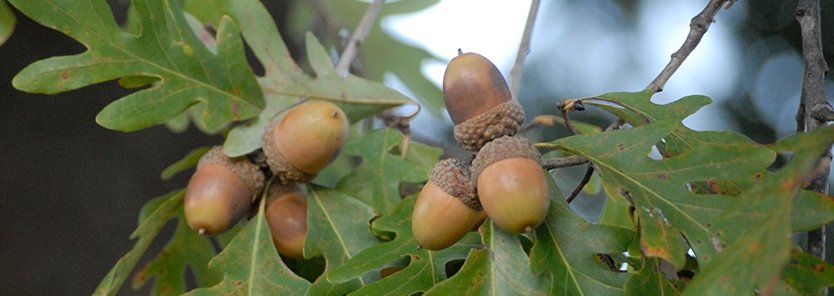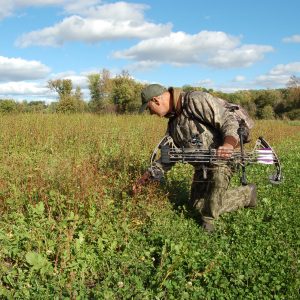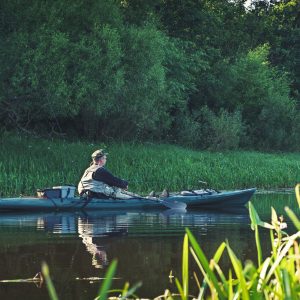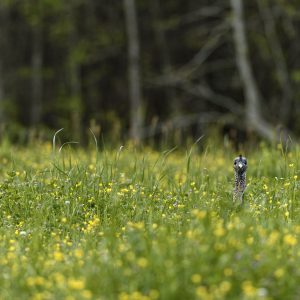While every tree in the woods serves a purpose in some way, there are some trees that bear a greater importance and should remain in your woodlands to provide ever-important mast. Oak trees of all varieties and other mast producers should be identified and pampered. When oaks reach their potential, their canopies produce tons of needed mast. This is what makes identifying trees important.
Identifying White Oak Trees
It’s no secret to deer hunters across the nation that the mast produced by the white oak is highly favored by whitetails. White oak acorns draw deer like ants to sugar. When the acorns hit the ground, the deer devour them like candy. White oak trees are easy to identify because of their white scaly bark from where they derive their name. The leaves have seven to nine rounded lobes on each side. When the acorns are mature, they sit inside the shallow cups. Finding and marking the white oaks in your timber stand to prevent accidental cutting or removal is a must.
Identifying Red and Black Oak Trees
Likewise, you should identify red oaks and black oaks which also produce important mast for game of all sorts. Red oaks have brownish gray bark with silver streaks running vertically through-out. Their acorns are large and round and sit in a shallow cup. Black oaks have rigid black bark and their leaves have five to seven rounded lobes on each side. Black oak acorns sit deep in their cap and sometimes appear fuzzy.
Identifying Persimmons
Perhaps the sweetest treat in the woods is the fruit of the persimmon tree. Identifying and preserving these trees will give you a leg up on where the deer will be when these sweet treats hit the ground. Persimmon trees have dark rigid bark and are typically slender and tall. Their leaves are elongated ovals and the fruit is hard and green through-out the summer months. During late fall as the frost begins to appear the fruit will turn a soft orange color. When they begin to fall you can bet that every deer in the woods will be there to swallow them up. Clearing competing vegetation around the persimmon trees will help them to receive more sunlight and nutrients from the soil.






